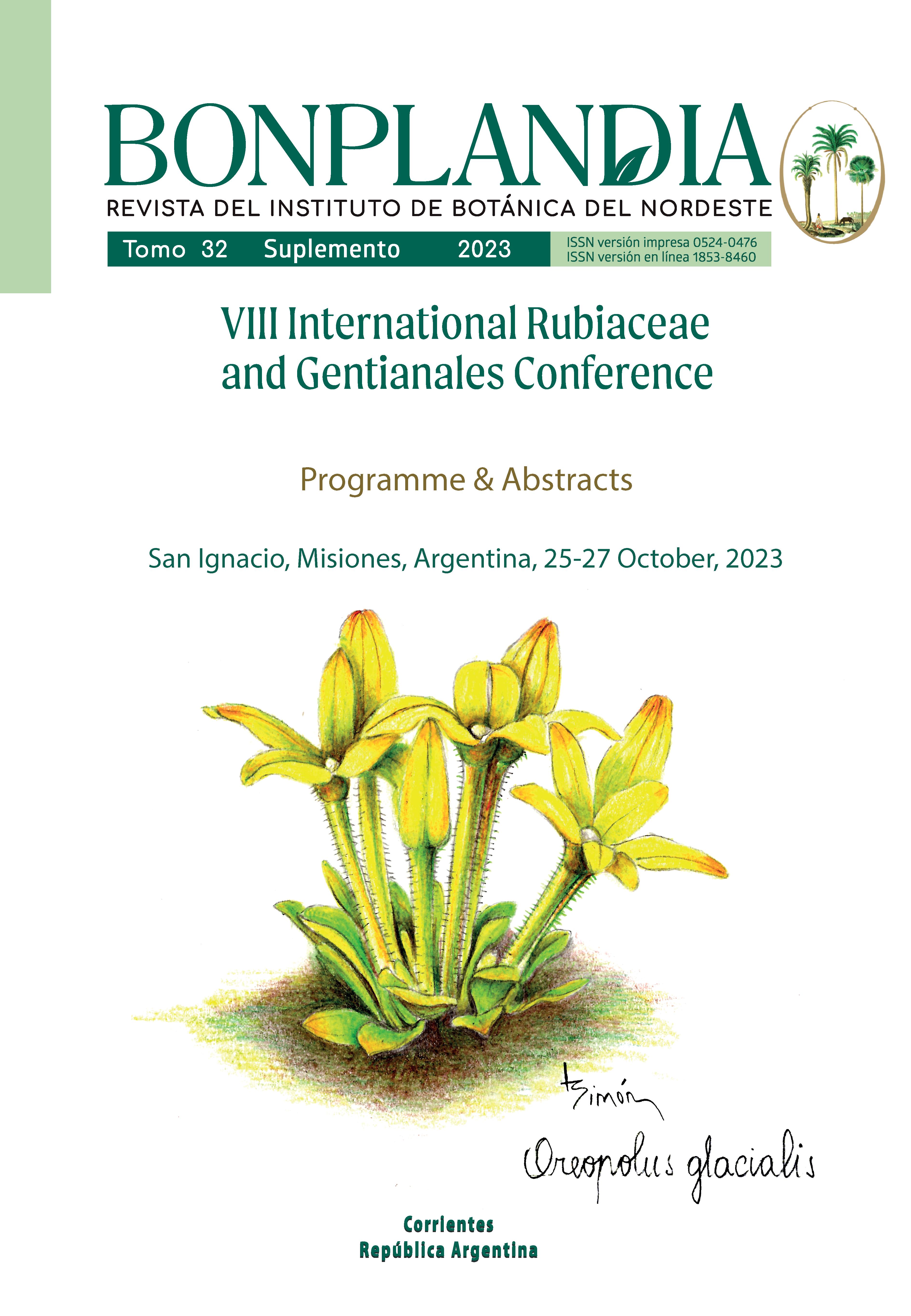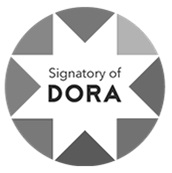Small structure, big significance: seed morphology of South American species of M itracarpus (Rubiaceae - Spermacoceae)
Resumo
Mitracarpus Zuce, ex Schult. & Schult.f. comprises about 50 species distributed mainly throughout tropical and subtropical regions of the New World, from Southern United States to central Argentina. Considering the importance of micromorphological characters for the taxonomy of Spermacoceae s.s. (Rubiaceae), the present study aimed to analyse the taxonomic significance of seed micromorphology in Mitracarpus species from South America. The seeds of 29 species were analysed through light microscopy and scanning electrón microscopy (SEM). For SEM analyses the seeds were mounted on stubs, air dried, covered with gold-palladium. The analyses revealed four pattems and eight subtypes in Mitracarpus, based mainly on the shape of the ventral groove and exotesta features: (1) X-shaped groove: 1.1. reticulate-areolate exotesta, without cruciform depression (M eritricoides, M. parvulus, M. longicalyx, M. nitidus)', 1.2. reticulate-areolate exotesta, with cruciform depression (M. albomarginatus, M. bacigalupoae, M. femandesii); 1.3. reticulate-foveate exotesta, without cruciform depression (M. brasiliensis, M. federalensis, M. hirtus, M. microspermus, M. nitidus, M. polygonifolius); 1.4. papillate exotesta, without cruciform depression (M. pusillus, M. recurvatus, M. steyermarkii); 1.5. reticulate-foveate exotesta, with cruciform depression (M. anthospermoides,M. carajasensis,M. baturitensis,M. bicrucis,M. frigidus); (2) Inverted-Y-shaped groove, reticulate-foveate exotesta, without cruciform depression (M. eichleri, M. salzmannianus, M. semirianus); (3) Rectangularquadrangular-shaped groove, reticulate-areolate exotesta, without cruciform depression (M hasslerianus, M. Ihotzkyanus, M. megapotamicus, M. rigidifolius); (4) Oblong-shaped groove, reticulate-foveate exotesta, without cruciform depression (M. diversifolius). The data obtained here have shown the systematic importance o f seed characteristics in Mitracarpus, as well their valué to indicate affinities among species. It is expected that this study regarding the seed characters in Mitracarpus can provide a potential source o f apomorphies to discem the clades in future molecular phylogenetic analyses.
Acknowledgements: FUNCAP (Process BP5-0197-00136.01.00/22); Royal Botanic Gardens, Kew; KLARF (Kew Latín American Research Fellowships Programme); CONICET.
Downloads
Downloads
Publicado
Como Citar
Edição
Seção
Licença
Copyright (c) 2023 Bonplandia

Este trabalho está licenciado sob uma licença Creative Commons Attribution 4.0 International License.
Declaration of Adhesion to Open Access
- All contents of Bonplandia journal are available online, open to all and for free, before they are printed.
Copyright Notice
- Bonplandia magazine allows authors to retain their copyright without restrictions.
- The journal is under a Creative Commons Attribution 4.0 International license.











.jpg)


